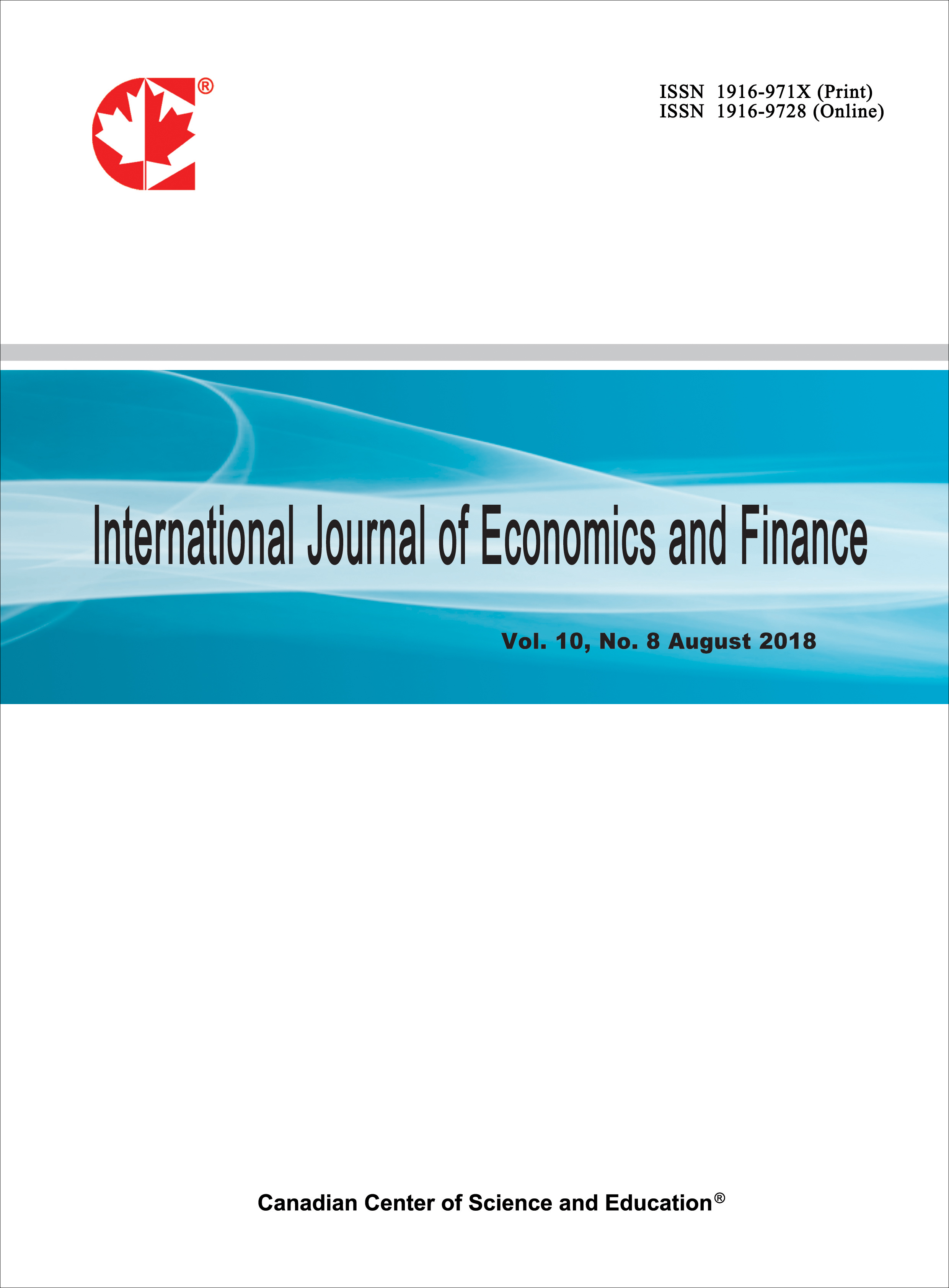The J-Curve at Industry Level: Evidence from Malaysia-China Trade
- Abdorreza Soleymani
- Soo Y. Chua
- Behnaz Saboori
Abstract
To investigate the response of real depreciation of ringgit on trade balance of Malaysia, researchers either employed trade data between Malaysia and the rest of the world or between Malaysia and each of her trading partners. Nevertheless, these studies did not provide a conclusive evidence of the effects of currency depreciation on the trade balance, particularly in the case of Malaysia with China. This paper considers 53 industries and investigates the short-run (J-curve pattern) and the long-run effects of the real depreciation of ringgit/yuan on the trade balance of each industry. We use quarterly data over the period of 1993Q1- 2009Q4. The results from bounds testing approach and error-correction modelling indicate that whilst depreciation of ringgit has short-run significant effects on the trade balance in majority of the industries, the short-run effects translate into the favorable long-run effects only in 11 of the 53 industries. The results also reveal that J-Curve phenomenon exists only in 10 industries.
- Full Text:
 PDF
PDF
- DOI:10.5539/ijef.v3n6p66
Journal Metrics
Index
- Academic Journals Database
- ACNP
- ANVUR (Italian National Agency for the Evaluation of Universities and Research Institutes)
- Berkeley Library
- CNKI Scholar
- COPAC
- Copyright Clearance Center
- Directory of Research Journals Indexing
- DTU Library
- EBSCOhost
- EconBiz
- EconPapers
- Elektronische Zeitschriftenbibliothek (EZB)
- EuroPub Database
- Genamics JournalSeek
- GETIT@YALE (Yale University Library)
- Harvard Library
- Harvard Library E-Journals
- IBZ Online
- IDEAS
- JournalTOCs
- LOCKSS
- MIAR
- NewJour
- Norwegian Centre for Research Data (NSD)
- Open J-Gate
- PKP Open Archives Harvester
- Publons
- RePEc
- ROAD
- Scilit
- SHERPA/RoMEO
- SocioRePEc
- Standard Periodical Directory
- Technische Informationsbibliothek (TIB)
- The Keepers Registry
- UCR Library
- Ulrich's
- Universe Digital Library
- UoS Library
- ZBW-German National Library of Economics
- Zeitschriften Daten Bank (ZDB)
Contact
- Michael ZhangEditorial Assistant
- ijef@ccsenet.org
